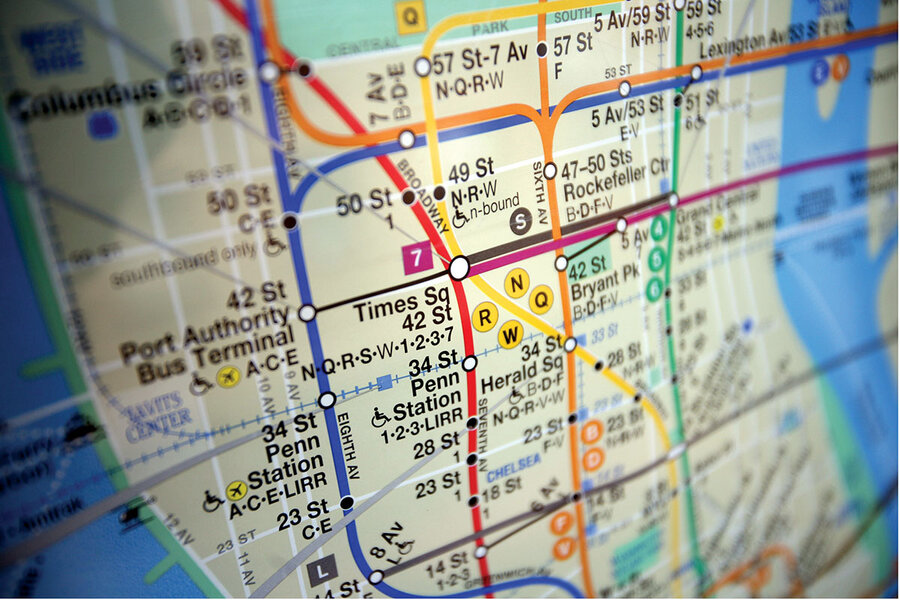The people who keep America moving
Loading...
Mention public transit in many of America’s major cities and you are likely to get an earful.
Here in Boston, you might hear that bloated budgets pad early pensions while regularly leaving riders stranded. Similar complaints echo across the United States. In October, the Cato Institute’s Randal O’Toole proposed shuttering Washington’s Metro because “the system has proved to be a financial and operational disaster.” In New York City, you might hear concerns about an uptick in crime.
Such woes have dogged public transit systems for years. But in our cover story by Diana Kruzman we see the burdens carried by transit systems – and the army of personnel who keep them running – in a different light.
Diana’s story focuses on New York City’s transit chaplains. The Metropolitan Transportation Authority is one of the only U.S. transit systems to employ spiritual and emotional advisers. But the challenges they encounter are not unique to New York. And while the chaplains are the main focus of Diana’s story, her reporting adds depth to our understanding of the people who keep public transit moving.
For riders, the transit system’s role is one of convenience and economy. According to the census, some 7.8 million Americans relied on public transportation to get to work in 2019. That’s most visible during rush hour in major cities. In smaller communities too, from Idaho to Kentucky, local bus and train routes connect far-flung and often low-income residents to the rest of the community. Altogether, Americans took 9.9 billion trips using public transit in 2019, reducing traffic and emissions.
For America’s 435,000 transit workers, the job is more than practical. It also carries burdens of life and death.
Sixty-two people were killed on New York City subway tracks in 2019. Each one, be it accident or suicide, takes a deep toll on the personnel involved. One chaplain tells Diana that he routinely counsels train operators who are overwhelmed by feelings of guilt and helplessness after such a tragedy. “Trains don’t stop at the drop of a dime,” he tells them. “You hit the emergency brake and that’s it.”
One of the hallmarks of this past pandemic year has been a public awakening to the humanity of service industry workers. As office work shifted online, grocery clerks and delivery drivers pushed aside their own coronavirus concerns and headed to work each day. We all learned how much we valued the restaurant industry and started to understand the precarious margins that owners and their employees labor under.
Public transit, too, has taken a beating during the pandemic. In New York, some 2 million riders have returned to the subway, but that’s only a third of pre-pandemic traffic. In Boston, officials are preparing for a possible yearslong lag in ridership. Rather than alleviating the pressures placed on transit workers, fewer riders will likely mean reductions in service and possibly lost jobs.
Like many regular riders, I haven’t boarded a train or bus in over a year. As I look forward to a summer of something approaching normalcy, I’ve been eagerly anticipating getting to see friends, family, and colleagues. But now there’s another group of people I can’t wait to see: my bus drivers.







